Jona Lendering
Jona Lendering read history at Leiden University (MA 1993), specialized in Mediterranean culture at the Amsterdam Free University (MA 1996), and worked at excavations in Holland (Riethoven) and Greece (Halos). After teaching historical theory and ancient history at the Free University for several years, he was one of the founders of a school for history teaching, Livius Onderwijs. Born in Amsterdam, it has now spread to auxiliary locations in Bussum, Dronten, Gouda, Haarlem, Hoorn, Schagen, Zaanstad, and Zoetermeer. As of 2013, Livius Onderwijs has eight teachers, about 500-600 students a year, and offers tours to countries like Italy, Turkey, Iran, and Lebanon. The field trips help to etch into the students' minds some of what they've learned at the school.
Because history is for a large part telling a story, something you do best in your own language, Lendering prefers to publish in Dutch journals. However, he has contributed to the Bryn Mawr Classical Review and Ancient Warfare, while he is the founder of Ancient History Magazine. He is also the publisher and editor of the on-line publication of the Babylonian Chronicles of the Hellenistic Period, a set of important cuneiform sources for the history of the Seleucid and Parthian Near East, transcribed, translated and commented on by Bert van der Spek of the Free University Amsterdam and Irving Finkel of the British Museum. A publication as book is in preparation.
Lendering has written several books and maintains a blog in Dutch. He is the author of several books, including Edge of Empire and Consensus and Crises. For the Livius website, which has received several awards, he collaborates closely with Bill Thayer of LacusCurtius. Lendering is also the webmaster of two daily blogs, the MainzerBeobachter.com and Grondslagen.net.
There are 9380 items in Jona Lendering:
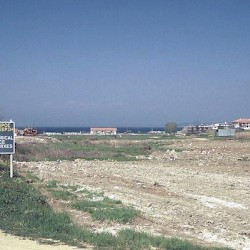
Xerxes' canal |
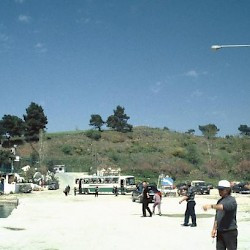
Xerxes' canal, Funeral mound |
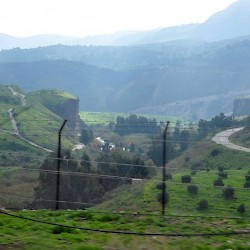
Today, the Yarmouk is the border between Jordan in the south (R) and Syria and Israel in the north, This photo was taken from the Golan Heights. |
Yassihüyük, Museum of Gordion
Opposite the so-called Tomb of Midas is the museum of Gordium, which documents the history of the ancient city from the earliest days until the Byzantine age. There are…
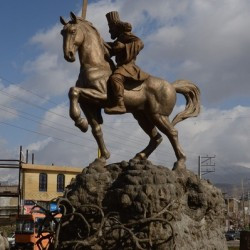
Yasuj, Statue of Ariobarzanes |
Yauna
Yaunâ: the old Persian name for Greeks.First contacts Yaunâ (Greek). Relief from the eastern stairs of the Apadana at Persepolis The Yaunânote[The…Yazd
Yazd: city in Iran, known for its Zoroastrian temple and "towers of silence". Yazd, modern Zoroastrian shrine The ancient Iranians venerated holy…
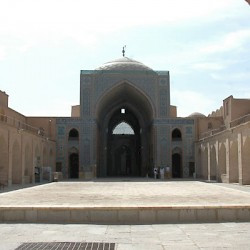
Yazd, Friday Mosque |
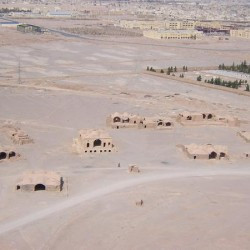
Yazd, Funeral houses |
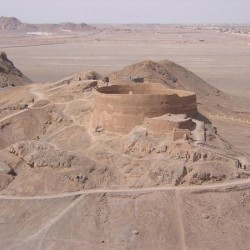
Yazd, Northwestern "tower of silence" |
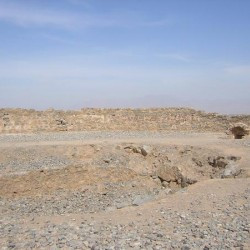
Yazd, Southeastern "tower of silence" |
Yazdgard I the Sinner
Yazdgard I, nicknamed the Sinner: king of Persia, ruling from 399 to 420, member of the Sasanian dynasty. Yazdgard I Main deeds: Name: Yazdgard…